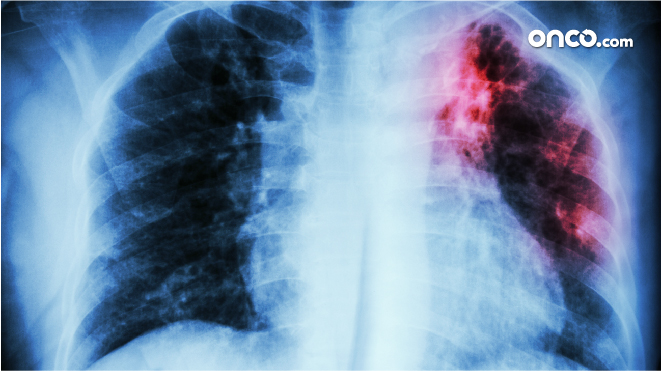What are the screening systems available for lung cancer?
Screening refers to a type of test that is performed to detect the cancer at the earliest, in the absence of clear symptoms. Screening may include a number of tests such as bloods tests, fluid tests and various forms of. Imaging that help doctors trace the cancer at the earliest treatable stage. Screening also enables a person to understand if they are at a higher risk of developing cancer and diagnose lung cancer.

In the case of lung cancer, there are different systems used for screening and they are listed below.
Low-dose computed tomography (LDCT)
In the case of lung cancer, low dose computed tomography is conducted on individuals who have a higher risk of developing lung cancer but show no signs and symptoms. In this kind of a screening method, X-ray machines are combined with a computer to give a cross-sectional view of the lungs. LDCT is the most common method used as the images produced are of good quality and the abnormalities that can be detected are up to 90%.
Chest X-ray
A chest x-ray is particularly used in emergency diagnosis and treatment as it is a fast method. In the chest x-ray method, a very small dose of ionizing radiation is used to produce images of the organs like the lungs, liver heart etc. A chest x-ray is also used to detect other lung conditions like pneumonia. This method of screening is most commonly used to evaluate symptoms like shortness of breath, chest pain and persistent cough.
Sputum cytology
Sputum cytology is a kind of diagnostic test that is conducted wherein a sample of the mucus that contains blood is taken and view under a microscope to check for the presence of abnormal cells.



